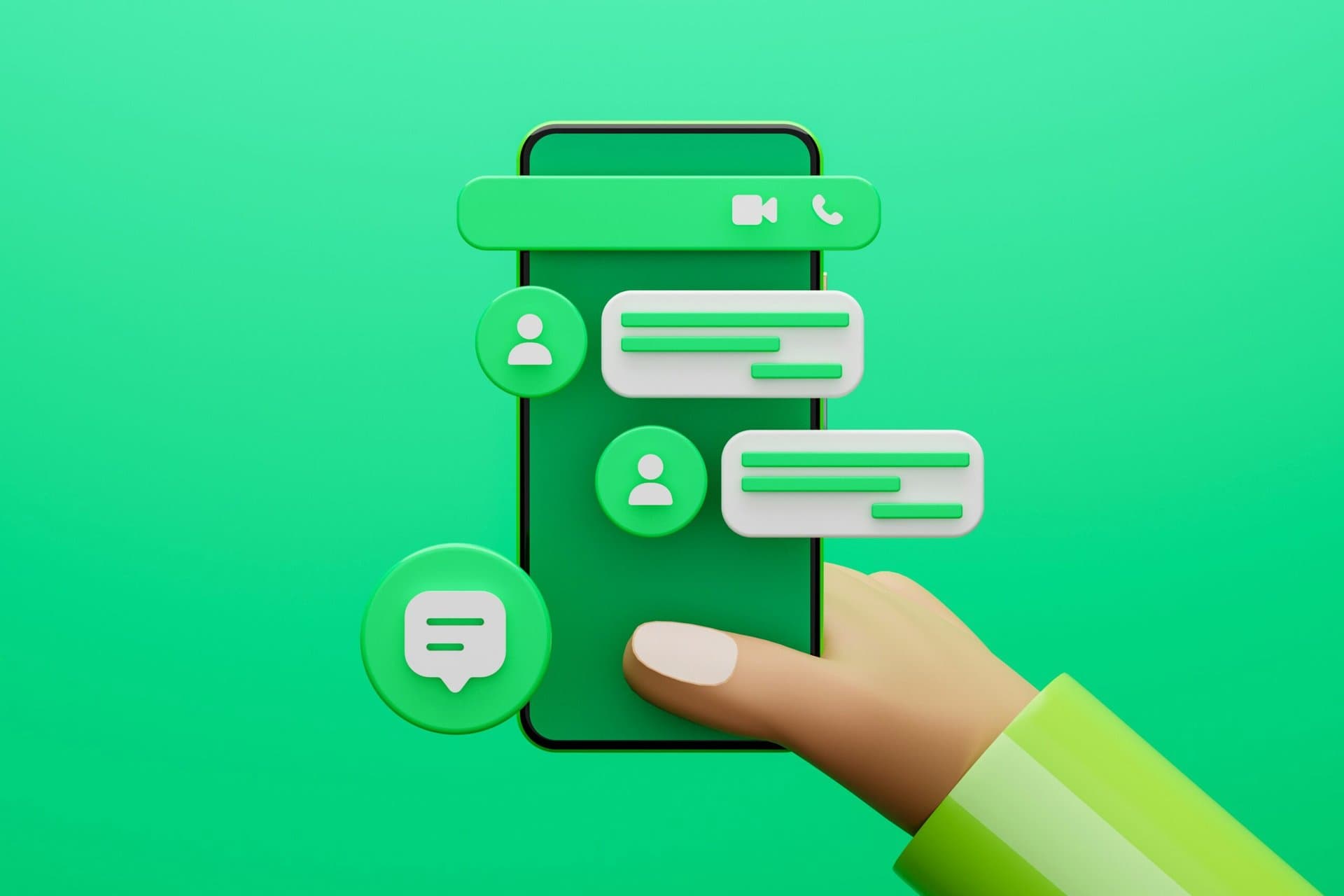Onboarding starts before the first day: Why a strong candidate experience makes all the difference
The first day at work is no longer the true starting point for new employees. In reality, the process begins much earlier — at the very moment a potential employee encounters your brand for the first time.

The first day at work is no longer the true starting point for new employees. In reality, the process begins much earlier — the moment a potential employee encounters your brand for the first time.
Whether through a job ad, your career page, or a social media post – this is where the first impression forms, determining whether someone applies at all and whether they will identify with your company in the long run.
A strong onboarding experience is therefore not an isolated process, but part of a holistic candidate journey that begins with a thoughtful digital presence.
Here are five proven tips on how to create a positive candidate experience even before the first day.
1. Onboarding starts with the job posting
The first touchpoint with your brand often happens through a job ad. This is where candidates decide whether they feel addressed or not.
Use emotional, simple language, avoid empty phrases, and tell stories instead:
“Tired of spending hours in traffic?” evokes more emotion than “We offer flexible working hours.”
Also, make sure to use a modern, clear layout. With my.two.jobs, job ads can be easily optimized — the tool automatically ensures mobile-friendly, SEO-compatible listings and simplified application options, creating a seamless candidate experience from the very first click.
2. The career page as the key to the preboarding experience
Studies show that the career page is the most important source of information for candidates – ranking even above job boards and LinkedIn. It is the central hub of your employer brand.
Provide authentic insights: photos, videos, and employee testimonials make your company tangible. Candidates want to know what it’s really like to work for you, which values you stand for, and what development opportunities exist.
Avoid too many clicks and mandatory fields — the application process should be as simple as possible.
A prominent “Apply now” button and the option to apply via LinkedIn can significantly lower barriers.
3. Keep the excitement alive: communication between offer and start
Once someone has accepted an offer, the most crucial phase of onboarding begins — the preboarding. Many companies underestimate how easily uncertainty can arise during this period.
Stay in touch through personal welcome emails, short team videos, or by sending a digital “Welcome Kit.”
4. Build relationships – digitally and personally
Before the first day even arrives, there should already be a sense of connection.
This can happen through an informal coffee chat with the team, a group chat, or an invitation to a team event.
5. Make the first day part of the candidate experience
The first day is the continuation of a well-planned journey, not its start.
Make sure everything is ready — the workspace, IT access, schedule, and a warm welcome.
Small gestures have a big impact: a welcome package, a personalized coffee mug, or a handwritten note.
Conclusion
Good onboarding is not a one-time event, but a process that begins long before the first day at work.
Every touchpoint with your brand is part of the employee journey.
From the first job ad to the career page and preboarding, every detail determines the success of the candidate experience.
Those who engage, inform, and connect with new hires early build the foundation for long-term satisfaction and loyalty.
So don’t just invest in the first day — invest in everything that leads up to it.

